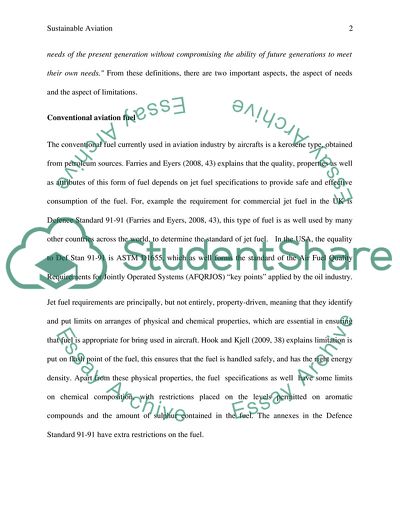Cite this document
(Sustainable Fuel in the Aviation Industry Term Paper - 2, n.d.)
Sustainable Fuel in the Aviation Industry Term Paper - 2. Retrieved from https://studentshare.org/technology/1758250-sustainable-aviation
Sustainable Fuel in the Aviation Industry Term Paper - 2. Retrieved from https://studentshare.org/technology/1758250-sustainable-aviation
(Sustainable Fuel in the Aviation Industry Term Paper - 2)
Sustainable Fuel in the Aviation Industry Term Paper - 2. https://studentshare.org/technology/1758250-sustainable-aviation.
Sustainable Fuel in the Aviation Industry Term Paper - 2. https://studentshare.org/technology/1758250-sustainable-aviation.
“Sustainable Fuel in the Aviation Industry Term Paper - 2”. https://studentshare.org/technology/1758250-sustainable-aviation.


